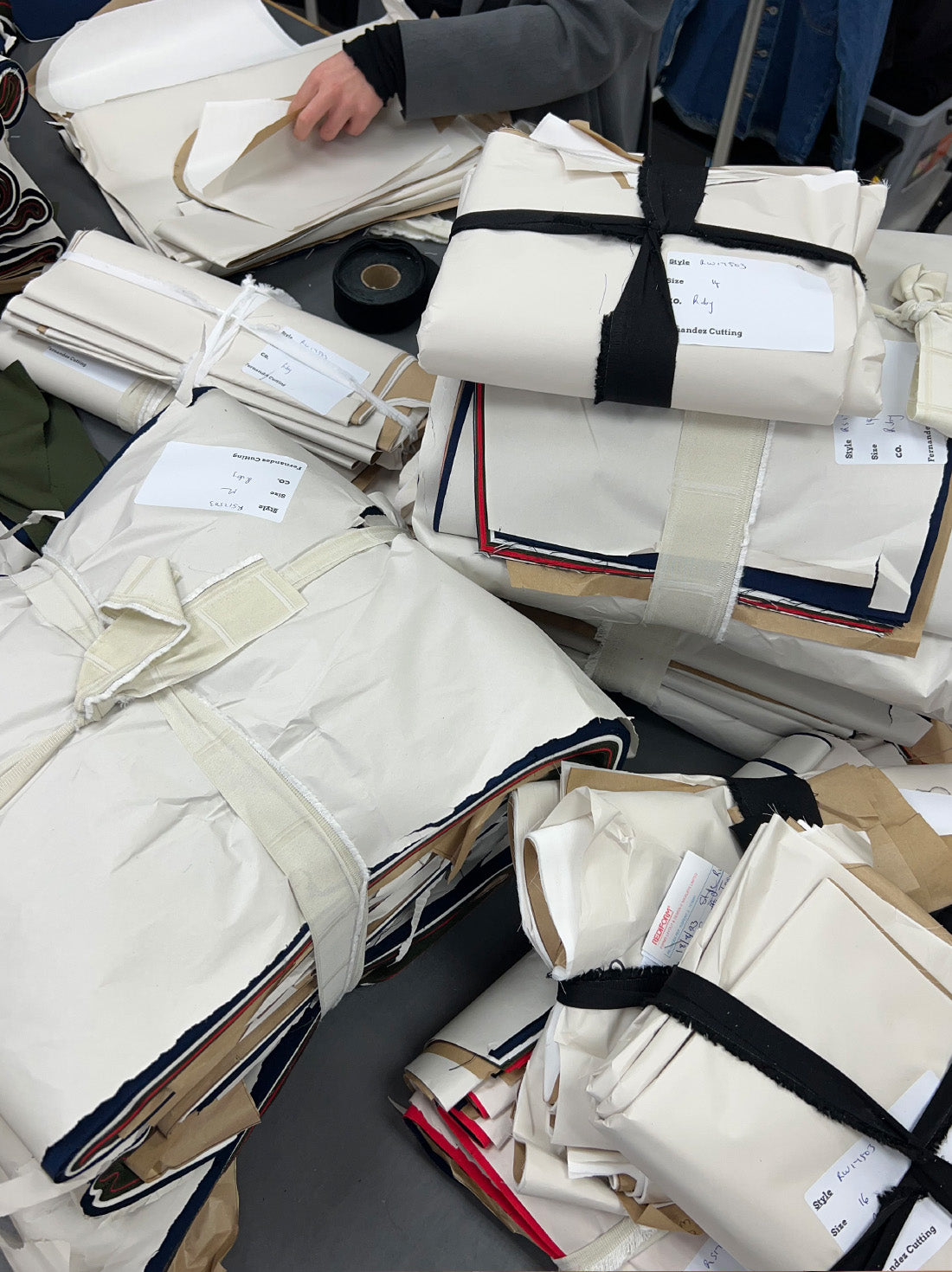Rosie discusses fast fashion & the damage and detrimental effects it has on our environment, along with the need for change in consumer behaviour.
"Do an audit of your wardrobe. Take note of the pieces you wear the most, and the pieces you don’t wear at all. Having a clear idea of pieces you already own helps us to be clear about what we do and don’t need."
We need to change how we’re consuming clothing.
From the time I got my first Eftpos card at age 12 up until I turned 24, I expected clothing to be cheap. My attitude toward the cost of clothing was that a t-shirt should cost no more than $10. I would shop for events rather than for pieces I could see myself wearing repeatedly. There was never any consideration for what I was purchasing and I would always buy more than I needed because, well, it was cheap. I bought a lot of stuff. In 2007 I wanted to be Lauren Conrad, and that meant buying an overwhelming amount of chunky belts and anything in electric blue.
I’m sure social media has exacerbated our need to consume. TikTok and Instagram have us feeling like we need to keep up with the latest, and it often feels like we’re being sold something every time we login to our go-to social platforms. Trend cycles, which once spanned over 1-2 seasons, have become ultra-fast. What was “on trend” two weeks ago, seems as if it could be overtaken by a new trend in just a matter of days.
Whether it’s throwing in an extra blouse because it’s “good to have options” or indulging in a cheeky 2 for $30 deal because “you’re practically saving money” - rapid trend cycles paired with fast fashion’s low prices have warped our perception of consumption, and it’s an issue for a few reasons:
Extra low prices encourage over consumption. If you’re only spending $10 on a brand new t-shirt, your connection to that piece it is likely minimal, and you’re less likely to hold onto it, replacing it with another new t-shirt soon after. A friend recently said to me ‘if you’re not investing in it, you’re not invested in it’.
As the price of fast fashion pieces continues to fall, so does the quality. When that $10 t-shirt beings to wear out after a handful of wash cycles, it gets replaced by a new t-shirt. The more low quality clothing we consume, the more waste we produce.
Where does it go? That $10 t-shirt is likely to end up in your donation pile. And thanks to fast fashion, and our consumption habits, op shops are facing a mammoth amount of donations, much of which ends up as textile waste as op shops just don’t have the resources to sort through all of it (a lot of the fast fashion pieces simply aren’t up to re-sell standard anyway).
These unbeatable prices are harming small businesses. Smaller fashion brands that create quality, long-lasting pieces can’t keep up with low prices and massive sales set by fast fashion brands. We want to lift our small businesses up, and expecting them to match prices of fast fashion pieces, will only hurt them.
There is a person behind each piece of clothing that we wear. Consumers have become so far removed from the process of how a garment is made, that we don’t always consider the impact our purchase behaviour has on the humans who made the clothing. Clothing manufacturing is a female dominated industry, with the majority of garment workers, globally, being women. Female garment workers are often facing mistreatment that includes abuse, poor working conditions, low wages, forced overtime, or even forced labour.
Ideally, fast fashion brands would stop producing more clothing than we need - but since I don’t see that happening anytime soon, it’s up to consumer behaviour to make the change. And change IS possible. We can drown out the trend-cycle trap by cultivating our personal style. Shield yourself from rapidly changing fashion trends by curating a wardrobe stocked with timeless looks and things you love.
Do an audit of your wardrobe. Take note of the pieces you wear the most, and the pieces you don’t wear at all. Having a clear idea of pieces you already own helps us to be clear about what we do and don’t need.
Sometimes putting space between you and an item of clothing is all you need to realise you don’t really want it. Trust me. It’s incredible the amount of times I’ve stopped myself from making an impulse purchase by putting it on hold or putting it back on the rack and walking out of the store, only to realise I don’t really want it.
The next time you feel an urge to purchase something new, stop yourself to think about WHY you’re buying this and what will this item bring you long term?
I should mention that the purpose of this piece isn’t to shame anyone who purchases fast fashion pieces. Whether it’s due to price, sizing, or location - if clothing from a fast fashion brand is all that’s accessible to you, I get it. Shopping at a fast fashion brand doesn’t make you a bad person, and you can still tweak your consumption habits, starting with the tips above, to make your purchases work better for your wallet and the planet.
Written by Rosie Carroll
























